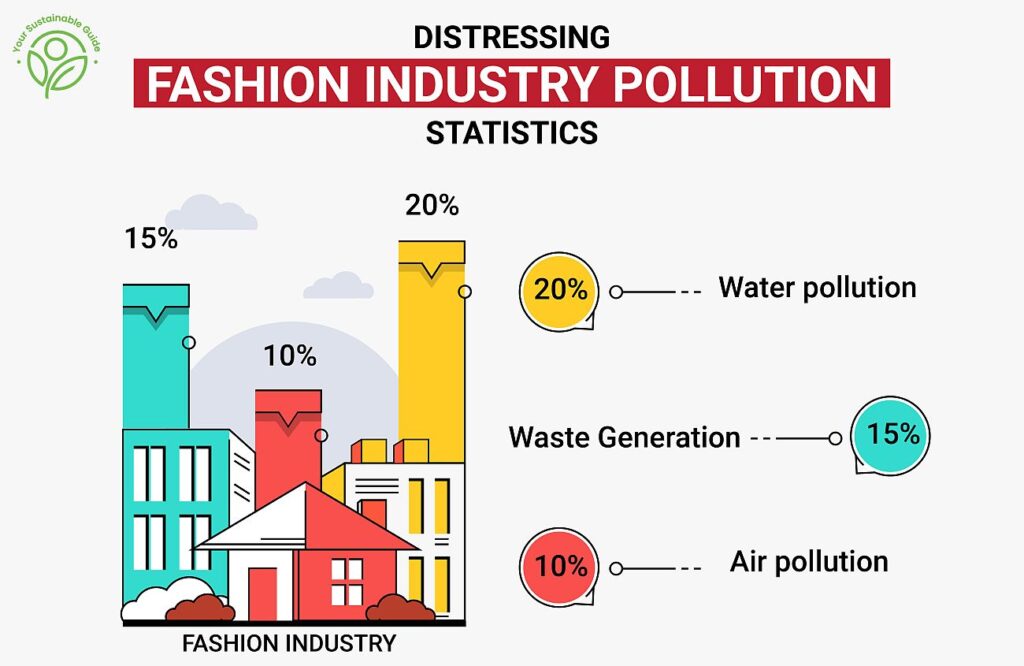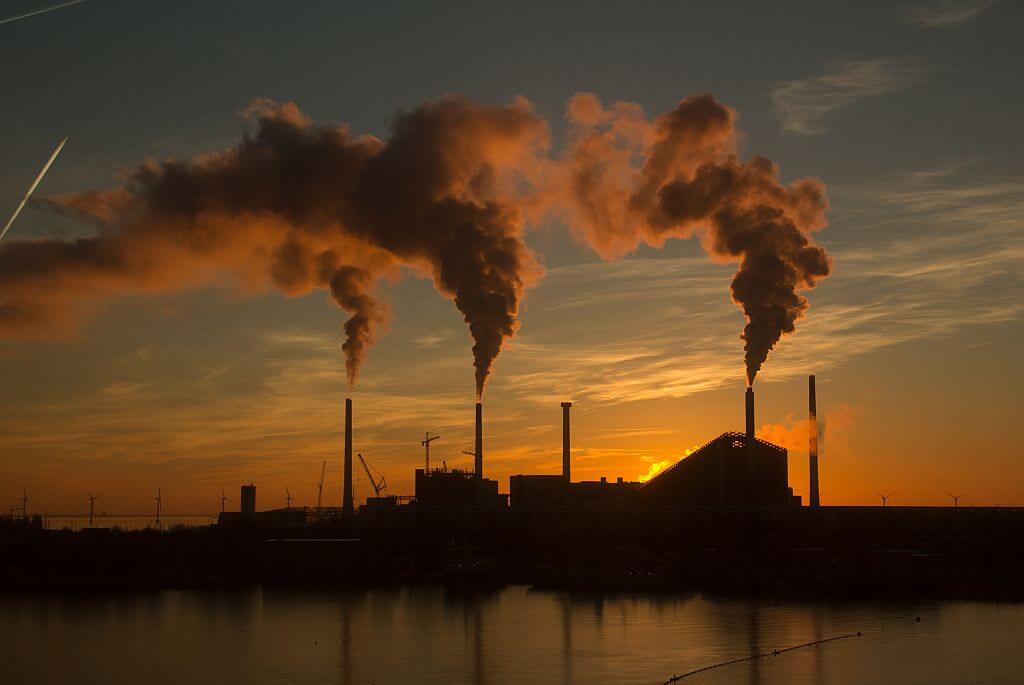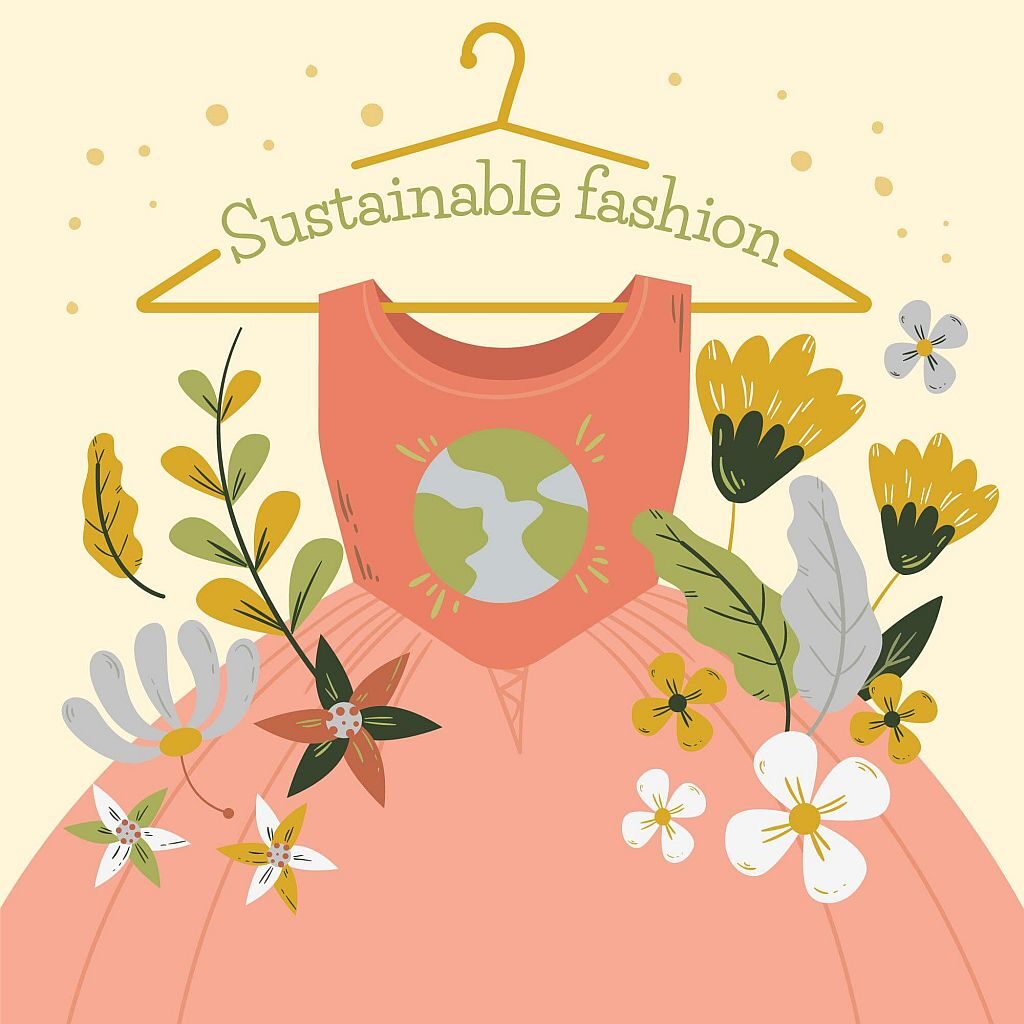The fashion industry is a massive economic force, valued at over $2.5 trillion and providing jobs to more than 75 million people worldwide. However, this growth comes with a downside! The fashion industry is considered to be the second most polluting sector after oil and gas. The fast fashion statistics is pretty alarming! Garment manufacturing has almost doubled between 2000 and 2014, and modern textiles heavily depend on petrochemicals causing insane levels of CO2 emissions. The increasing global consumption of clothing is taking a toll on our planet as the demand for cheap and trendy items continues to rise. And if these fashion industry pollution statistics don’t persuade consumers to shift to better apparel choices, then the world might be in peril.
Let’s go through our in-depth analysis of the fashion industry pollution stats to get a clear picture of what’s actually happening behind the production of those shiny fashionable pieces.
- Fashion Industry Pollution Statistics
- Factors Responsible For Pollution By The Fashion Industry
- Fast Fashion Model
- Textile Production Process
- Synthetic Fibers
- Supply Chain Complexity
- Plastic Packaging
- Textile Waste and Disposal
- Chemical Usage
- Energy Consumption
- Lack of Recycling and Circular Economy
- Consumer Demand and Behavior
- Corrective Measures
- To Wrap it Up…
Fashion Industry Pollution Statistics

Water Pollution
The production of clothing involves various processes that consume vast amounts of water, including growing raw materials, dyeing fabrics, and finishing garments. According to United Nations, the fashion industry is responsible for consuming a massive 93 billion cubic meters of water, contributing to water scarcity, and generating about 20% of global industrial water pollution. Not just that, every year, washing clothes alone releases about 500,000 tons of microfibers into the ocean, which is equivalent to a staggering 50 billion plastic bottles. This sector’s contribution to water pollution extends beyond its high water consumption. The use of toxic chemicals and dyes in textile production contaminates water resources and poses a threat to ecosystems. Wastewater from these factories is usually discharged untreated into rivers and streams, releasing pollutants that harm aquatic life and disrupt the natural balance of ecosystems.

Air Pollution
The fashion industry pollution statistics are accountable for approximately 10% of global greenhouse gas emissions. The energy-intensive manufacturing processes, including spinning, weaving, dyeing, and finishing, consume vast amounts of energy, primarily sourced from fossil fuels. This reliance on biofuels further charges the industry’s carbon footprint. Moreover, transportation and logistics associated with the global supply chain contribute to air pollution through emissions from trucks, ships, and airplanes. The scariest part is, as per Ellen McArthur Foundation, if the fashion industry continues on its current path, it could potentially increase its share of the carbon budget to 26% by 2050.

Waste Generation
It is estimated that the garment industry produces around 92 million tons of textile waste annually at a global level. And this number is projected to increase to 134 million tons by the year 2030. This enormous amount of waste clogs up landfills adding to soil degradation. Shockingly, only a small fraction of textiles, around 15%, is recycled, leaving the majority discarded and contributing to environmental pollution. The consequences of this waste are far-reaching, putting a strain on natural resources, contributing to greenhouse gas emissions, and aggravating the global waste crisis.
Factors Responsible For Pollution By The Fashion Industry
Fast Fashion Model
The fast fashion business model revolves around the idea of rapid production and constant turnover of inexpensive clothing. This approach fosters a culture of overconsumption and frequent disposal among consumers. The relentless cycle of buying and discarding garments leads to heightened extraction of resources, excessive energy usage, and the generation of substantial amounts of waste. It not only places a heavy burden on the environment but also prolongs the harmful cycle of environmental degradation caused by the fashion industry’s pursuit of fast and cheap trends.
Textile Production Process
From cultivating conventional cotton to dyeing, washing, and finishing fabrics, along with other intricate procedures, textile production processes involve the use of substantial amounts of water and chemicals. Unfortunately, this results in freshwater pollution as toxic substances get discharged into the aquatic environment. Approximately 2% of dyes produced each year are released into processing waters during manufacturing operations, and the clothing production and textile sectors are responsible for 10–25% of these spills. In addition, the production of textiles consumes enormous amounts of energy and resources, resulting in a significant carbon footprint. The cumulative effects of these processes contribute to the pollution crisis we face today.
Synthetic Fibers
The fashion industry heavily relies on synthetic fibers, like polyester, acrylic, nylon, and so on. These fibers are derived from non-renewable fossil fuels, primarily petroleum, which involves extracting and processing this finite resource at massive volumes from the Earth’s core. Fuel extraction and refinement contribute to greenhouse gas emissions and climate change, resulting in habitat destruction and other ecological impacts. To top it all, manufacturing synthetic fibers requires energy-intensive processes that further increase carbon emission levels and environmental degradation.
Supply Chain Complexity
The clothing industry’s complex supply chain spans across multiple countries and continents, which serves as a major factor in environmental footprint. The process of manufacturing garments involves multiple stages, such as sourcing raw materials, garment production, assembly, and distribution. With materials and components often sourced from different regions, the shipment of these items kicks into sizeable carbon emissions and energy consumption. Whether it’s transporting fabrics, finished goods, or the shipment of products to retail outlets, the extensive movement of materials throughout the fashion supply chain adds to a grievous environmental cost.
Plastic Packaging
The excessive use of packaging materials, especially single-use plastics, adds to the growing waste problem. The number of packages shipped annually across 13 major global markets exceeds 100 billion, and this number is projected to double by 2026. From plastic bags to unnecessary layers of wrapping, the clothing industry’s packaging practices often prioritize aesthetics over sustainability. According to the International Energy Agency (IEA), the demand for oil is projected to increase significantly in the coming years, with plastics being the primary contributor to this growth.

Textile Waste and Disposal
Every year, consumers in the United States alone discard approximately 11.3 million tons of garments, which is equivalent to about 2150 clothing items being thrown away every second. Not just that, the fashion industry itself produces volumes of textile waste, including leftover fabric, cut-offs, and unsold inventory. Sadly, much of this waste ends up in landfills, pitching into the growing problem of waste accumulation. The garment sector has always opted for deplorable stock disposal methods. One such example is in the Atacama Desert of Chile, huge piles of clothing, many of them brand new and bearing the logos of renowned fashion brands, were set ablaze, last summer. Over a period of two weeks, approximately 100,000 tons of garments, composed of synthetic materials were consumed by the flames releasing toxic fumes.
Chemical Usage
Synthetic textile manufacturing processes involve heavy usage of chemicals, like dyes, bleaches, and finishing agents, to bring out vibrant colors, prints, and desired finishes of our clothing. However, this widespread use and its improper management pose several environmental risks. When these chemicals are not handled or disposed of correctly, they can find their way into water sources, contaminating rivers, lakes, and oceans. This impurity not only affects aquatic life but also has devastating consequences for ecosystems and human health.
Energy Consumption
The fashion industry is notorious for its high energy consumption, relying severely on electricity and fossil fuels during various stages of production, manufacturing, and transportation. This voracious appetite for non-renewable energy sources significantly contributes to the emission of greenhouse gases and air pollution. From powering factories and machinery to fueling trucks and planes for product distribution, this sector’s energy demands are immense.
Lack of Recycling and Circular Economy
The fashion industry’s failure to prioritize recycling is compounded by various challenges, including a lack of robust recycling infrastructure. The existing systems for recycling textiles are often limited in scope and capacity, making it difficult to handle the sheer volume of waste generated by the industry. Moreover, the complexity of textile materials, such as blends of different fibers or the presence of chemical treatments, poses technical difficulties for effective recycling. Moreover, the lack of awareness among consumers about the importance of recycling, and adoption of circular fashion further hinders progress in this area. These missed opportunities amplify the environmental impact of apparel companies, highlighting the need for greater emphasis on recycling and the adoption of principles of circular fashion.
Consumer Demand and Behavior
Ultimately, it’s the consumer demand and trend-focussed buying behavior which has led to the supreme success of the fast fashion industry. The consumer’s urge for inexpensive and trendy clothing has nurtured a culture of disposability, encouraging fashion companies to implement unsustainable production methods, exploitative practices, and whatnot. It is estimated that, on average, people wear a piece of clothing about 7-8 times before tossing it off. The emphasis on constantly buying new items and discarding them quickly undermines the longevity and repairability of garments. However, Forbes stated that with rising awareness regarding sustainability, there had been an increase among conscious consumers. Today, 62% of Gen Z prefer to buy sustainable slow fashion clothing produced ethically rather than chasing fast fashion trends. While this is certainly good news, a sizeable part of the population still prefers to shop from fast fashion brands.
Corrective Measures

Every person can consiously try to minimise the environmental impact of fast fashion by using affordable sustainable clothing made form eco-friendly materials like organic cotton, hemp and linen, fashion swapping, undertaking recycling practices, ethical consumption, making oneself educated and spreading awareness. Collective efforts are sure to turn into a snowball.
To Wrap it Up…
The fashion industry pollution statistics demand urgent attention— Not only from governments, social bodies, and corporations but also from us. The data presented in this feature, such as the massive amounts of textile waste, water pollution, air pollution, and greenhouse gas emissions, highlight the dire need for change. We must realize the power we hold as consumers to drive positive transformation in the garment industry. By making informed fashion choices, supporting sustainable brands, and demanding industry-wide changes, we can inclusively address this environmental crisis. Let’s utilize the power of our decisions and opt for quality over quantity, longevity over disposability, and sustainability over exploitation. Together, we can create a fashion industry that respects our planet and nurtures mindful dressing habits.







